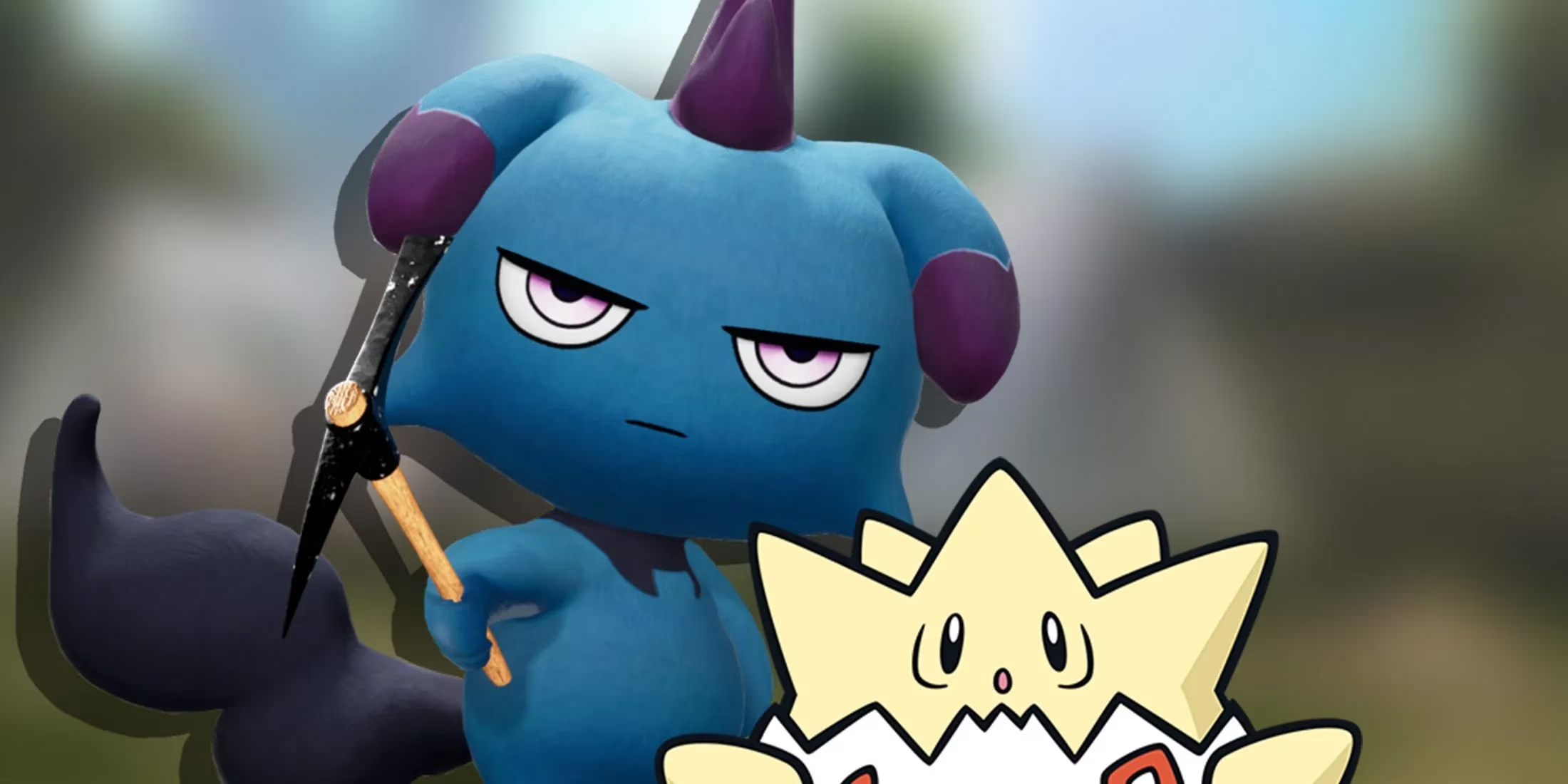Nintendo's high-stakes patent lawsuit against Palworld developer Pocketpair has taken a bewildering turn, with the gaming titan making unprecedented mid-litigation modifications to its core patent claims. This tactical pivot comes eight months into the legal battle initiated in September 2024, when Nintendo and The Pokémon Company alleged that Palworld's creature-collecting mechanics infringed upon their jointly held intellectual property. The amended patent JP7528390 now features a labyrinthine 260-word claim about mount-switching systems, including the perplexing conditional phrase "even when" regarding aerial transitions with non-flying creatures – a linguistic anomaly that patent experts call legally dubious.
Unusual Legal Maneuvers Under Scrutiny
Patent analyst Florian Mueller, with 15 years of litigation observation, highlighted the abnormality: "I've never seen 'even when' or 'even if' in a patent claim. This suggests Nintendo is prioritizing obfuscation over substantive legal arguments." The timing appears reactive to Pocketpair's dual defense strategy asserting both non-infringement and patent invalidity. Notably, the Japan Patent Office examiner confirmed the revision introduced no new technical substance while approving the amendment.
The mounting-switching mechanics at issue:
-
Seamless transition between rideable creatures
-
Functionality during aerial navigation
-
Specific trigger conditions
-
Compatibility across creature types

Pocketpair's Evolving Defense Strategy
Pocketpair executed a masterful countermove by removing the contested features while maintaining they never infringed Nintendo's intellectual property. This transformed Palworld into what Mueller terms a "moving target" – simultaneously arguing patent invalidity and feature non-existence. The developer's actions created a legal catch-22 where Nintendo must now prove infringement of features no longer present in the game.
Key defense pillars:
-
Technical dissimilarity in creature-swapping mechanics
-
Removal of disputed systems during litigation
-
Fundamental challenges to patent validity
-
Historical precedent of judge prioritizing substance over semantics
Broader Industry Implications
This confrontation illuminates gaming's intellectual property gray zones where genre conventions often overlap. Mueller previously characterized Nintendo's action as "a clear case of bullying," questioning whether established players should weaponize patents against emerging competition. The court's handling may set precedents for how developers navigate:
-
Procedural patent modifications during litigation
-
Overly broad or vague IP claims
-
Distinguishing inspiration from infringement
-
Evolving game mechanics during legal disputes
People Also Ask
Why would Nintendo amend a patent mid-lawsuit?
Legal experts suggest this indicates fear of patent invalidation based on courtroom developments, coupled with weak initial claims.
What does the "even when" phrasing accomplish?
It attempts to broaden the patent scope to cover hypothetical scenarios Pocketpair argued never existed in Palworld.
Could this case reach US courts?
Unlikely currently, as Nintendo lacks demonstrable infringement evidence and Palworld removed contested features.
How does this affect Palworld's development?
Pocketpair continues updating the game while maintaining non-infringement positions on removed mechanics.
The Innovation Conundrum
As gaming mechanics evolve through generative AI and emergent technologies, where should courts draw boundaries between legitimate genre conventions and proprietary innovation? Does Nintendo's tactical patent rewrite represent legitimate IP protection or an admission of flawed original claims? This landmark case ultimately questions whether patent systems designed for tangible inventions can equitably govern the fluid, iterative nature of digital creativity – a dilemma extending far beyond two gaming companies in a Tokyo courtroom.
Comprehensive reviews can be found on IGN, which frequently covers high-profile legal disputes in the gaming industry. IGN's reporting on intellectual property controversies, such as the ongoing Nintendo and Palworld case, provides valuable context on how patent law intersects with evolving game mechanics and the broader implications for developers and players alike.